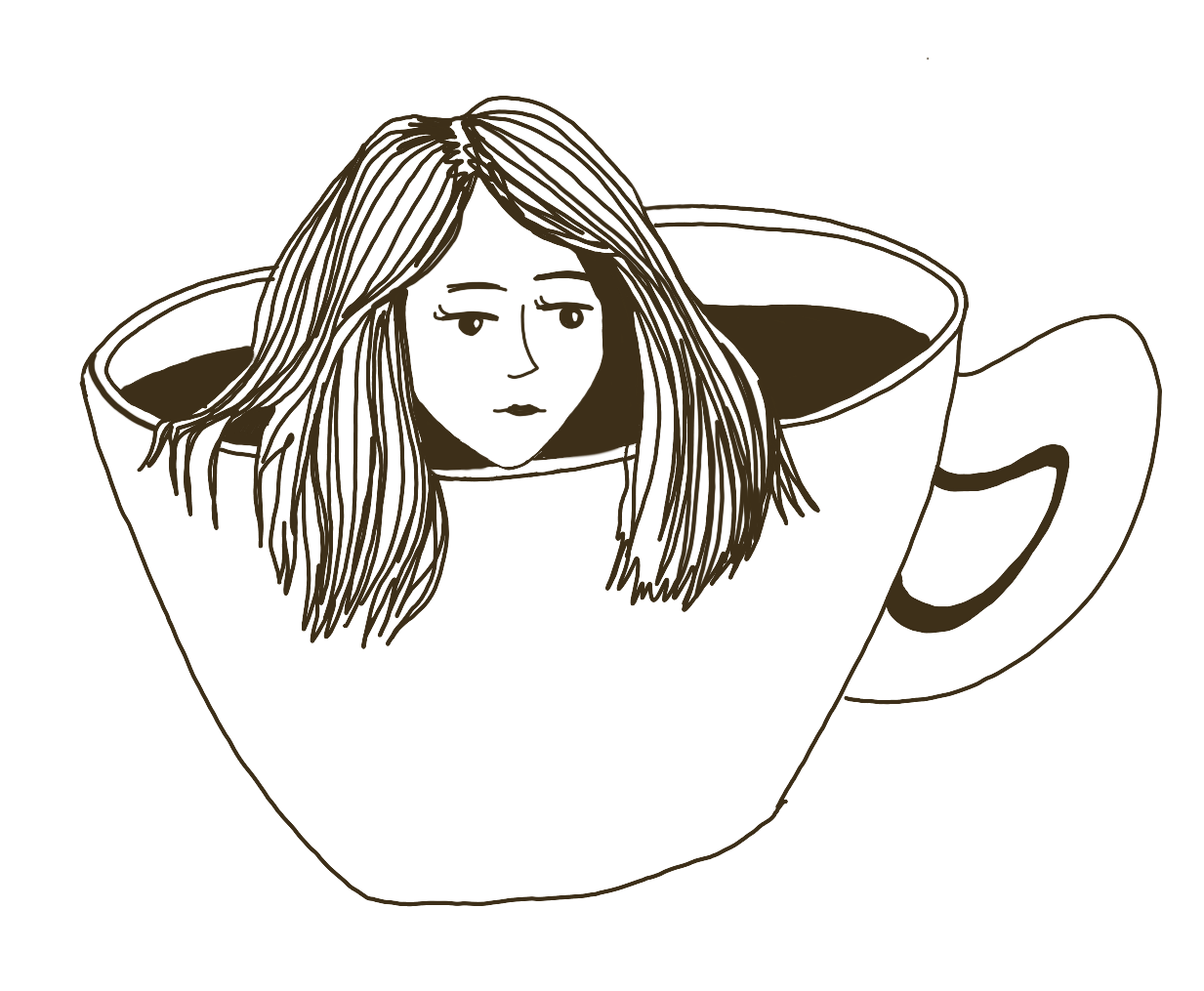I ascend the steps from the underground stations to London’s vast and extensive open and I feel grounded. The surfeit of architectural multitudes strike me, and I am endlessly inspired by the careful, yet creative construction of the city and the busy, lively atmosphere creates a language for itself. Everyone seems to communicate passively through their varying experiences, which in fact all boils down to one idea, which is a sense of community being formed.
If you’re a budding architect, artist, or someone who is fascinated by the cityscape, London is a place to explore. The depth of its history is fascinating to say the least. The architecture of the city intrigues me in particular, as the disparity between the traditional and contemporary structures in fact complement each other and this connection seen between the old and new clearly exemplifies the integrity of London. Perhaps the city can be seen as a utopia; it emits great enthusiasm which floats in the air as the streets bustle with people at any given time. Compared to other major cities around the world, London certainly amalgamates the arts and various cultures, welcoming new ideas and perspectives with open arms, ultimately creating a sense of comfort for each individual that inhabits each space. However, could this just be a romantic dream? Is this the true reality? I questioned this greatly after visiting the ‘Architecture of London’ exhibition at the Guildhall Art Gallery in November, where my wholly positive image of London was confronted by the different perceptions of a multitude of artists. On the one hand, Frank Auerbach’s ‘Mornington Crescent’ struck a similar chord to mine, as the bright, luminous colours that he used depicted a sense of joy and gratitude within him as he observed the street carefully, but what intrigued me was the stark contrast presented adjacent to his work. The artist John Virtue showed to have a completely different eye for the city, highlighted through the ambiguity of his brushstrokes in his piece ‘Landscape 715’; they almost portray an image of fog bombarding his viewpoint and covering all the damage that the city has been through over the century. This idea is apt to the circumstance as this painting is meant to depict the aftermath of war, where the image of this idealised, ‘perfect’ city was damaged greatly. After absorbing the information that Virtue provided visually through the use of black and white that uncomfortably mingle with each other, my perception was proved to be partly unjust as I was slightly oblivious to the ‘other side’ of the city’s history. As I continued walking through the exhibition, I noticed that the artists’ works delved deeper into this sense of vulnerability within London, which created this dystopian atmosphere – something that I feel foreign towards. At first I believed that my image of my favourite place has been corrupted, but the truth cannot be hidden. It was interesting to see how these artists express their emotion about London, and the curation was such that no two paintings held the same meaning and concept behind them but were all evoking different thoughts. However, from this exhibition I learned that a given space holds a great deal of disparity regards to human experience, expressing that our perceptions are so specific and subject to our opinions. It was really interesting to empathise and visualise how different artists interpret the same environment I find myself thriving in.
Overall, it can be said that there is no definite answer for whether London is a ‘utopia’ or ‘dystopia’ as each of our experiences in this city are very different. However, we ultimately do embrace our perceptions as the urban environment embraces us, and in result we are bound to form a strong community, regardless of our beliefs.


